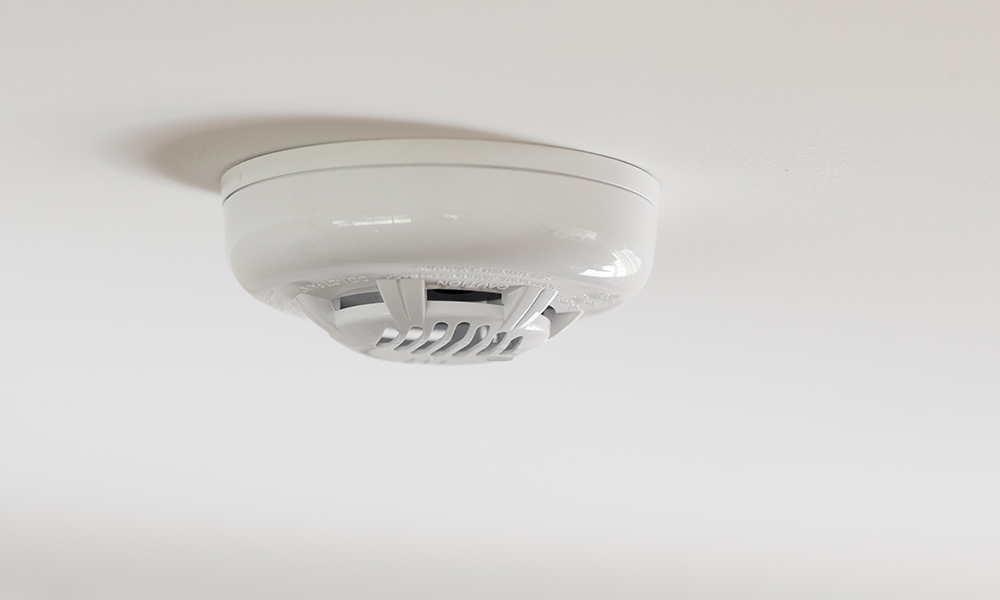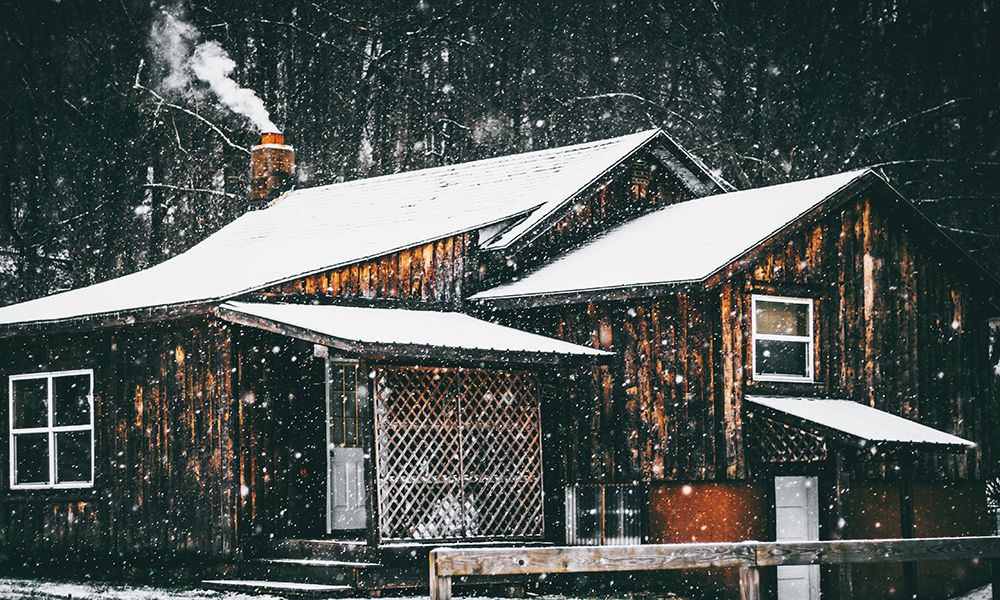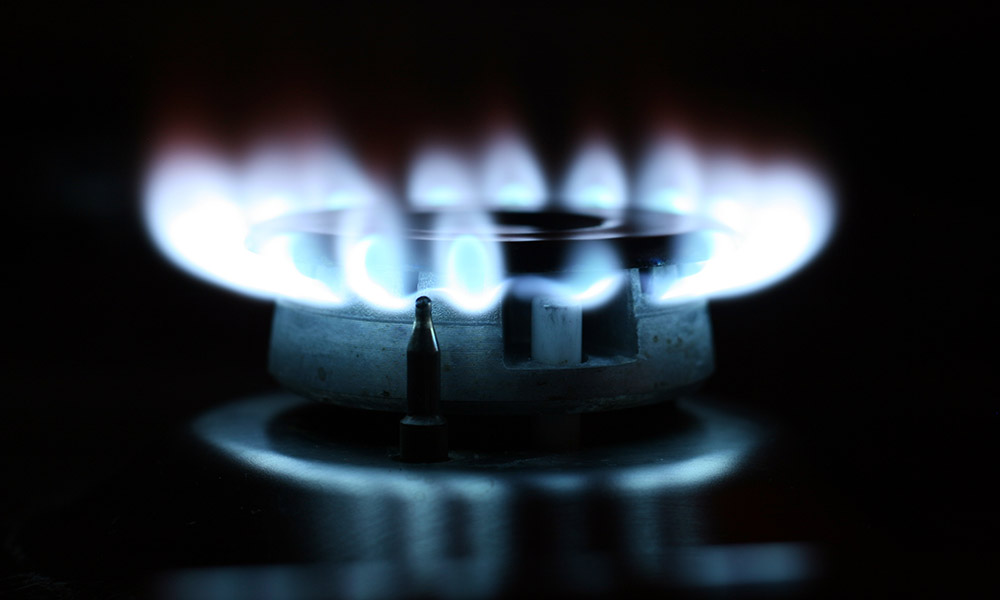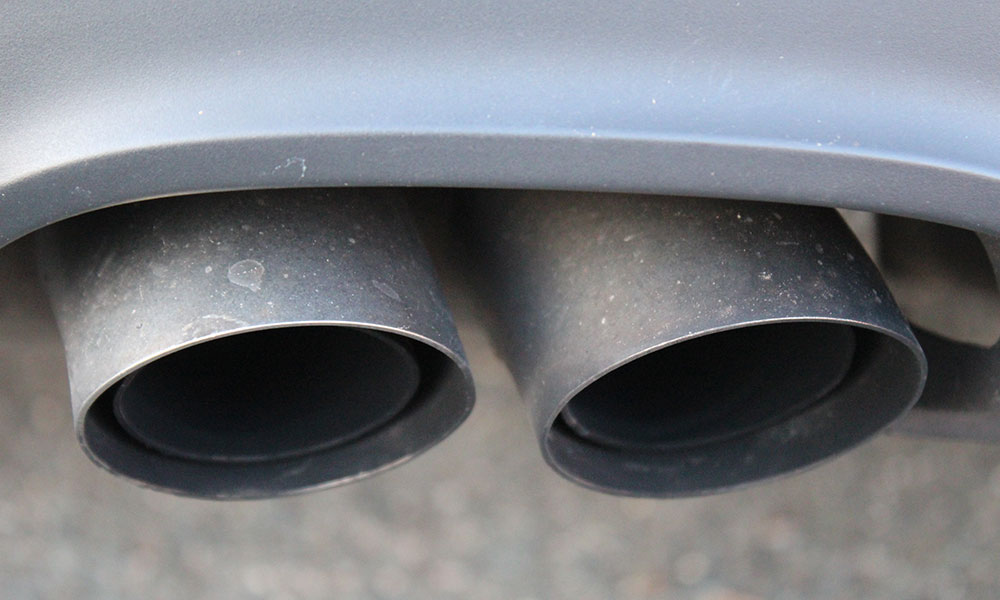
Carbon monoxide is a scary gas that can be found in your home. What’s so frightening about carbon monoxide (CO) is that it doesn’t have an odor, color or taste, and therefore can’t be detected by the human senses.
According to the Centers for Disease Control and Prevention (CDC), approximately 400 people in the U.S. die from carbon monoxide poisoning annually. This is why it’s so important you have working carbon-monoxide detectors in your home that alert you when levels become too high.
What are the most common sources of carbon monoxide poisoning and how do you protect your home? In this article, you’ll learn about some of the first appliances and concepts to think about when it comes to carbon monoxide leaks and safety. Next, we’ll give some advice on carbon monoxide alarms and how you can monitor levels to avoid an emergency.
Most Common Carbon Monoxide Poisoning Sources
- Gas space heaters
- Furnaces and chimneys
- Back-drafting
- Gas stoves
- Generators and other gasoline-powered equipment
- Automobile exhaust from attached garages
So you’re better educated and prepared when it comes to the dangers of CO, learn more about each of these six of the most common sources of carbon monoxide poisoning, according to the U.S. Environmental Protection Agency.
1. Gas space heaters
It’s important all gas appliances are properly vented. It's also best to ensure all space heaters are less than 20 feet from a window, vent, or door.
2. Furnaces and chimneys
Carbon monoxide can build up inside a home if debris is blocking a chimney. To prevent this, have your chimney and furnaces checked and cleaned every year.





